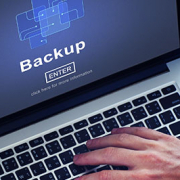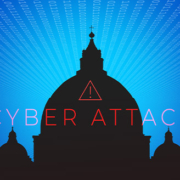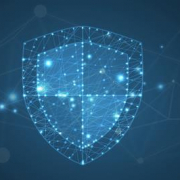3 important ransomware statistics you need to know
Ransomware is a malicious type of cyberattack that gains access to your network and holds your data hostage. There are several different ways this type of attack works. The most common method is by encrypting some or all of your files and threatening to delete them unless a ransom is paid.
This article will discuss key ransomware statistics from Datto’s annual Global State of the Channel Ransomware Report you need to be aware of, as well as security best practices to keep your business safe.
Ransomware by the numbers
1. 79% of MSPs report ransomware attacks against SMBs
It’s a common misconception that ransomware attackers only target enterprise-level corporations. Unfortunately, that is simply not the case. Ransomware, like most other types of cybersecurity threats, is nothing but a numbers game. Cybercriminals know that most of their attacks will fail, so the more targets they hit, the more money they’ll make from the small percentage of attacks that succeed.
Basically what this means is you should not let the size of your business lull you into a false sense of complacency. The more prepared you are, the more likely you are to prevent or recover from an attack.
2. The cost of downtime is 10x higher than the ransom requested
The real cost of a ransomware attack isn’t the cost of the ransom money that’s demanded, it’s the downtime your business experiences as a result. The average cost of a ransom demand is $4,300. The average cost of downtime due to a ransomware incident is $46,800. It isn’t hard to see that the real hit to your business is the downtime itself.
That’s why it’s vital that your business has a plan in place not only to prevent ransomware attacks but to prevent downtime and get back to normal business operations as soon as possible. Having a good business continuity plan will go a long way toward protecting your business.
3. 92% of MSPs predict the number of ransomware attacks will continue at the current rate
What this means is ransomware attacks aren’t going to stop anytime soon. But the benefit for you is that knowledge is power. Now that you understand how prevalent the threat really is, you can take steps to keep your business safe.
For more ransomware statistics, see this Datto infographic.
How to protect your business from a ransomware attack
As you can see from the numbers above, ransomware is not a phantom threat. It’s real and your business is at risk. The good news is, there are steps you can take to keep your business safe.
The first thing you should do is to make sure you have a solid cybersecurity plan in place. This plan should include preventative security measures such as antivirus software and patch management, as well as employee education and a good disaster recovery plan.
The second thing you should do is make sure you’re regularly backing up your data. How you back up data is also important. It’s a good idea to keep your data backups in more than one place, as well as to test them frequently to make sure all backups are functional should something happen.
A data risk assessment is a great way to make sure you have the right plans and policies in place. Contact your managed IT services provider today for help getting your business ready to beat any threat it faces.










